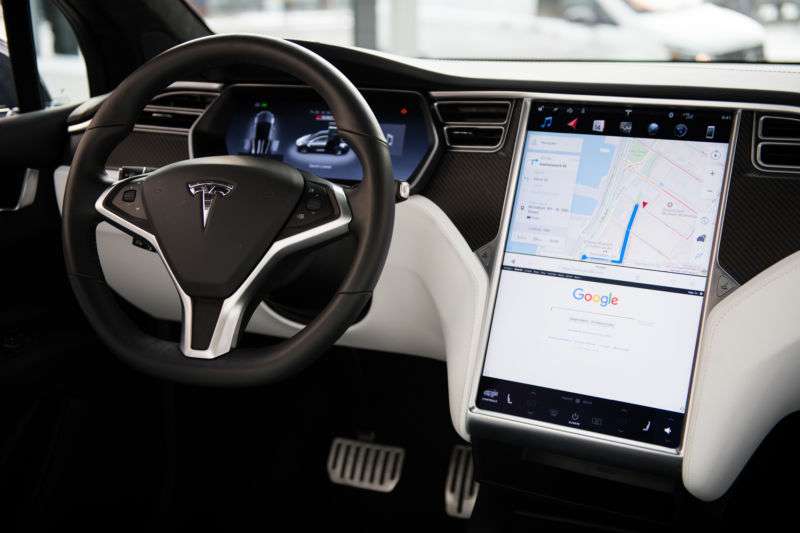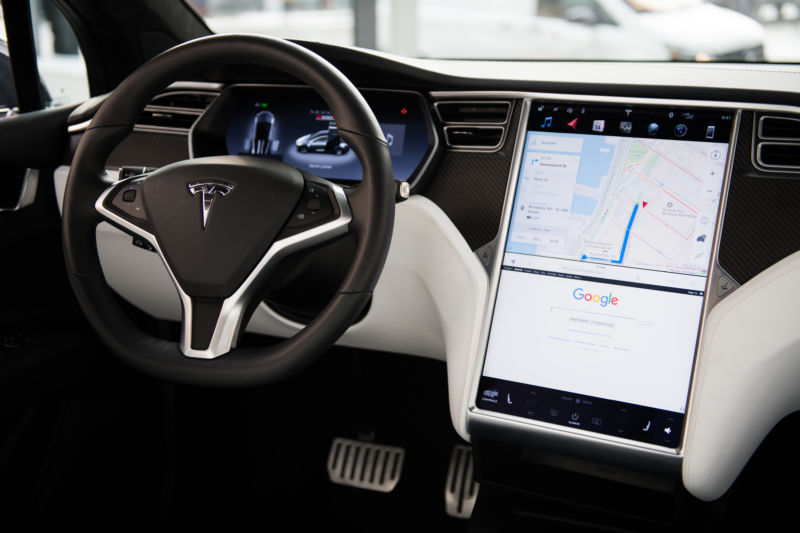
Feds scold Tesla for slow response on driver monitoring

Enlarge / A Tesla Model S. (credit: Mark Kauzlarich/Bloomberg via Getty Images)
The National Transportation Safety Board, a federal agency tasked with investigating transportation crashes, published a preliminary report Tuesday about a January 2018 crash in Culver City, California. For the most part, the report confirmed what we already knew about the incident: a Tesla Model S with Autopilot engaged crashed into a fire truck at 31 miles per hour. Thankfully, no one was seriously injured.
But near the end of its report, NTSB called Tesla out for failing to respond to a 2017 recommendation to improve its driver monitoring system.
Tesla’s cars measure driver engagement by using a torque sensor to check whether the driver’s hands are on the steering wheel. The NTSB criticized this approach in its 2017 report. The Culver City crash illustrates the point: before the crash, Autopilot issued four visual alerts and one audio alert over the course of a 13-minute trip. Yet the driver admitted he didn’t see the firetruck.
Read 10 remaining paragraphs | Comments




